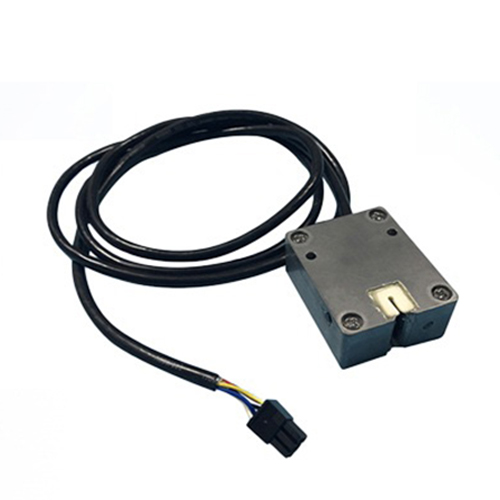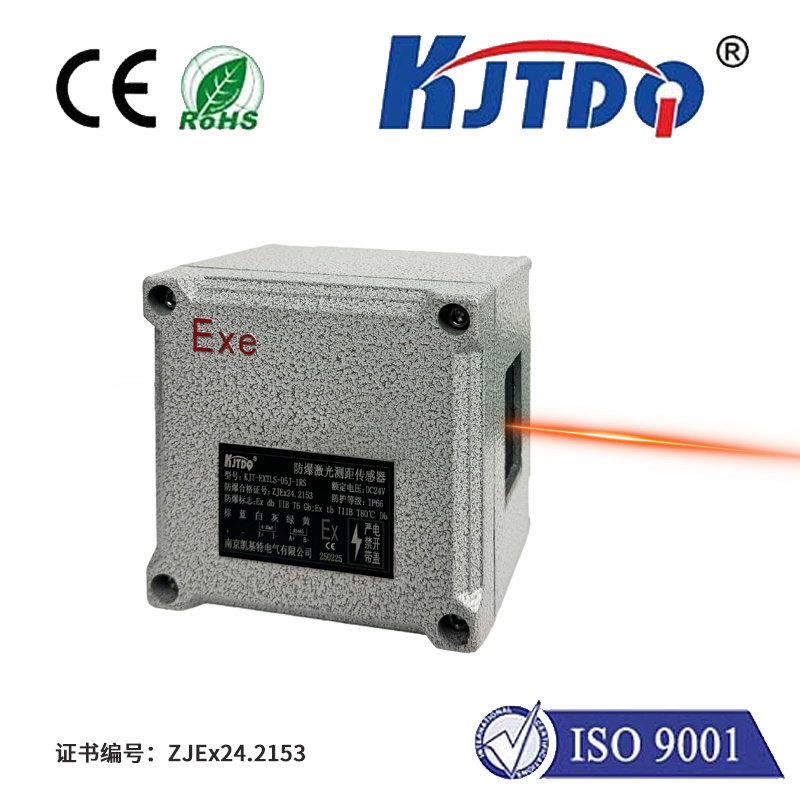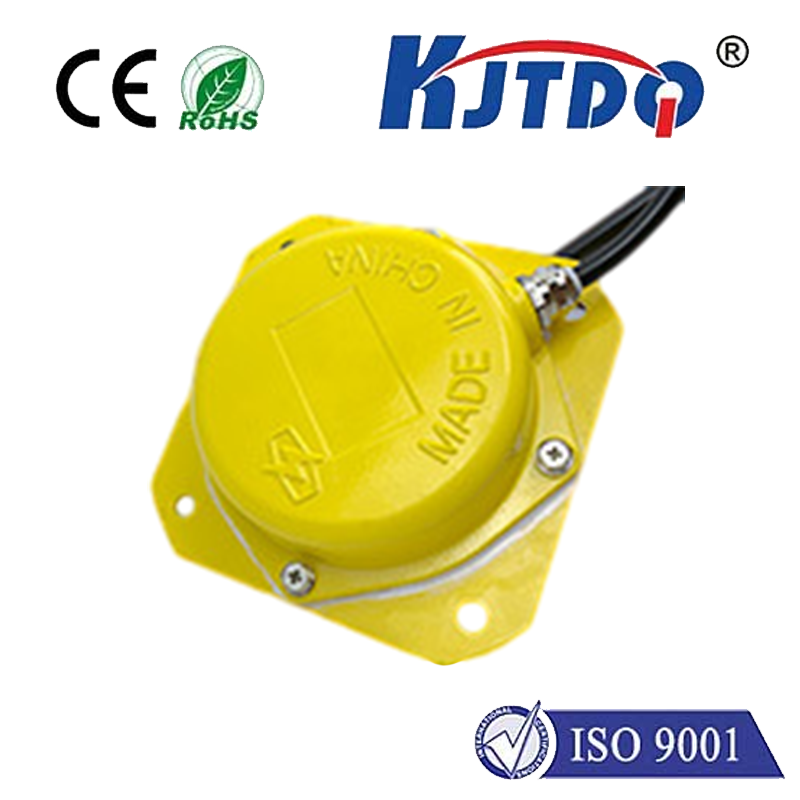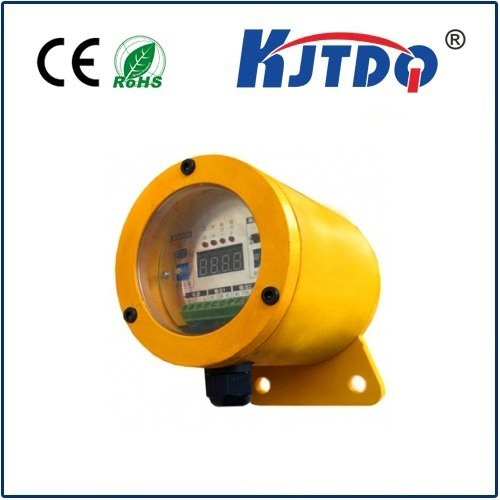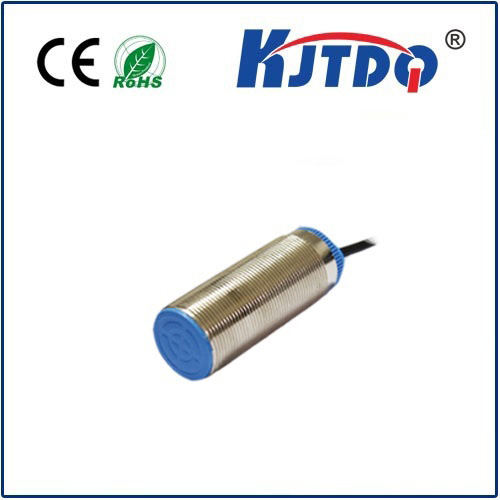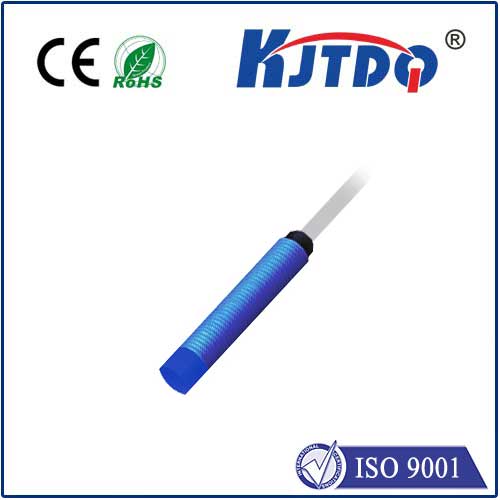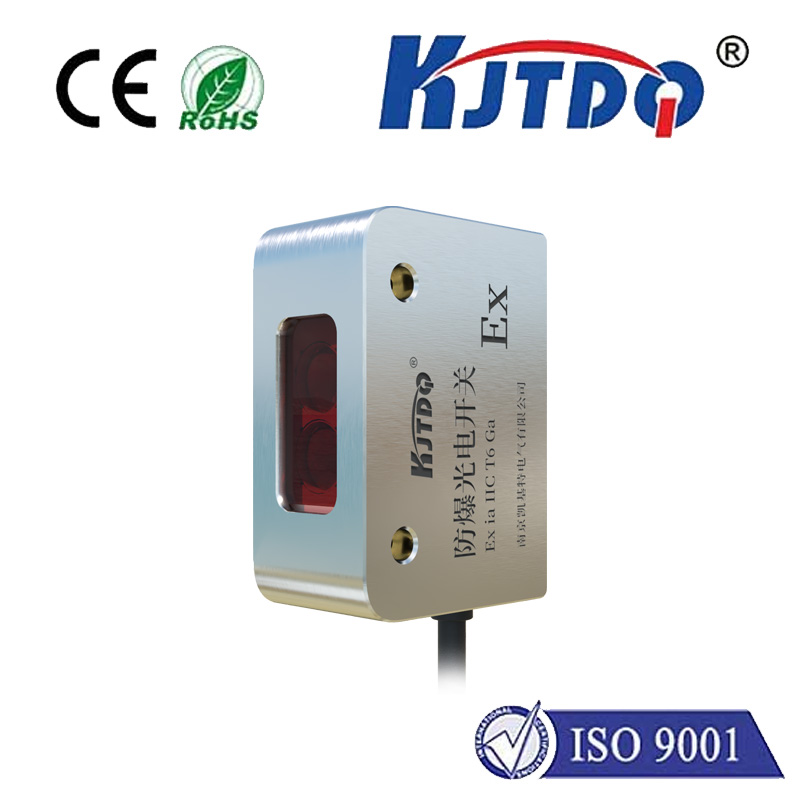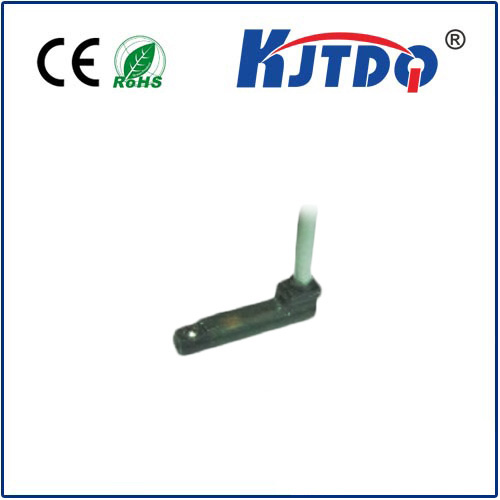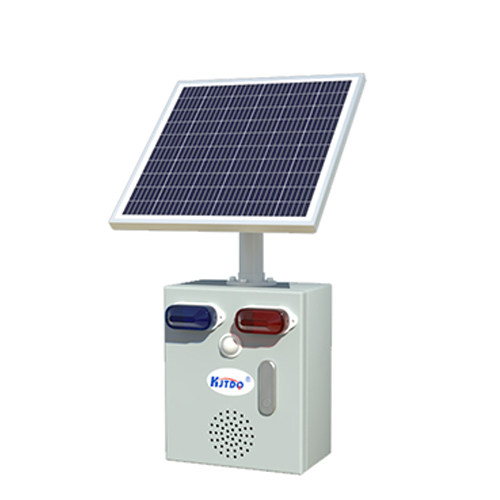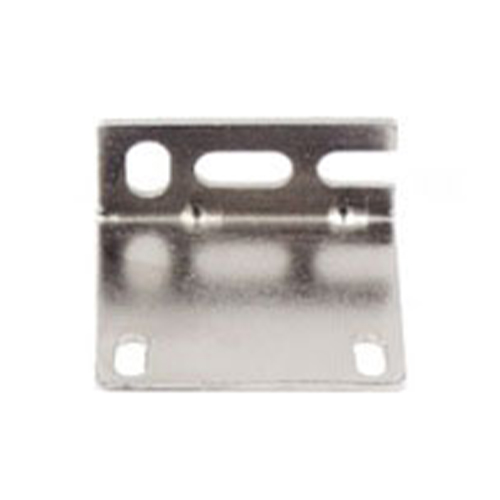sonar proximity sensor
- time:2025-06-27 03:14:19
- Click:0
Sonar Proximity Sensors: Seeing the World with Sound
Imagine navigating darkness or detecting unseen obstacles using sound, much like a bat effortlessly flies through a cave. This is the fundamental magic of the sonar proximity sensor, a remarkably versatile and reliable device that has become indispensable across countless modern technologies. But how exactly does this sound-based sentinel operate, and where does it prove most valuable? Let’s delve into the principles, mechanics, and diverse applications of this ultrasonic workhorse.
The Core Principle: Echoes Tell the Tale
The term “sonar” itself is an acronym for SOund NAvigation Ranging. Sonar proximity sensors operate on a beautifully simple principle: emit a sound wave, listen for its echo, and calculate distance based on the time it takes to return. This is echolocation, nature’s own solution used by dolphins and bats, replicated in compact electronic form.
Unlike audible sound, these sensors typically employ ultrasonic sound waves, frequencies far higher than what the human ear can detect (commonly between 25 kHz and 50 kHz). This choice is crucial. High-frequency sound waves produce shorter wavelengths, enabling greater accuracy in distance measurement and allowing the detection of smaller objects. Furthermore, operating in the ultrasonic range avoids interference from most ambient audible noise and prevents any disruptive audible buzzing for users.
Inside the Sensor: Components Working in Harmony

A standard sonar proximity sensor consists of three key components working together seamlessly:
- Ultrasonic Transmitter: This piezoelectric element converts electrical energy into high-frequency sound waves, sending out focused bursts or “pings” toward the target area.
- Ultrasonic Receiver: Another piezoelectric element acts as the “ear,” sensitively detecting the reflected sound waves (echoes) bouncing back from objects within the sensor’s range and field of view.
- Control Circuitry: The brain of the operation. This sophisticated circuit manages the timing: precisely triggering the transmitter, then starting a high-speed timer. When the receiver detects an echo, it stops the timer. Knowing the speed of sound in air (approximately 343 meters per second at room temperature), the circuit calculates the distance to the object using the simple formula: Distance = (Speed of Sound × Time of Flight) / 2. The division by two accounts for the sound wave traveling to the object and back.
Key Strengths: Why Choose Sonar?
Sonar proximity sensors offer distinct advantages that make them suitable for a wide array of applications:
- Non-Contact Detection: Measures distance without physical touch, ideal for delicate objects or environments where contamination is a concern.
- Material Agnosticism: Ultrasonic waves reflect off most solid materials – metal, plastic, wood, liquid surfaces, glass – regardless of color, transparency, or surface texture (within reason). This makes them far more versatile than optical sensors in many scenarios.
- Robust Performance: Generally unaffected by ambient light conditions, dust, smoke, or fumes (unless they significantly absorb sound), allowing reliable operation in challenging industrial environments where optical sensors might struggle.
- Relatively Low Cost: Compared to technologies like LiDAR or advanced radar, ultrasonic sensors offer a cost-effective solution for accurate distance measurement and object detection.
- Resistance to Interference: Multiple ultrasonic sensors can often operate near each other without significant crosstalk, especially when using different frequencies or clever timing protocols.
Limitations to Consider
While versatile, sonar sensors are not without their constraints:
- Speed of Sound Dependency: Accuracy is directly tied to knowing the speed of sound, which varies with temperature and humidity. High-precision applications may require environmental compensation.
- Soft or Absorbent Materials: Soft fabrics, thick foam, or sound-absorbing materials may not reflect sufficient sound energy, leading to unreliable detection or reduced maximum range.
- Angle of Incidence: The sensor works best when the target surface is relatively perpendicular to the sound beam. Highly angled surfaces can deflect the sound wave away from the receiver.
- Limited Range: While effective for short to medium distances (typically centimeters up to several meters), their range is generally less than modern radar or LiDAR systems.
- Acoustic Noise: Environments with extremely loud noises in the ultrasonic frequency band could potentially interfere with echo detection.
Ubiquitous Applications: Where Sonar Sensors Shine
The unique blend of affordability, reliability, and material independence makes ultrasonic proximity sensors ubiquitous:
- Automotive: Arguably the most visible application. Parking assistance systems rely heavily on ultrasonic sensors embedded in bumpers to detect obstacles, providing audible or visual warnings to the driver. They are also vital for blind-spot monitoring and some collision avoidance systems.
- Industrial Automation & Robotics: Used extensively for object detection on conveyor lines, presence sensing for machine guarding, box counting, liquid level detection in tanks (even through container walls in some cases), and providing guidance and obstacle avoidance for mobile robots (AGVs/AMRs).
- Consumer Electronics: Found in robotic vacuum cleaners to map rooms and avoid obstacles, and increasingly in smart home devices for touchless gesture control or room awareness.
- Medical Devices: Utilized for proximity sensing in certain diagnostic or therapeutic equipment, and often found in touchless soap/sanitizer dispensers.
- Security Systems: Used as intrusion detectors in spaces where optical beams might be unreliable due to environmental factors.
- Drones (UAVs): Critical for low-altitude altitude hold and basic obstacle avoidance, especially in GPS-denied environments.
- Process Control: Monitoring fill levels in silos or tanks containing powders, grains, or liquids where other methods might fail. Distance measurement is key here.
Choosing the Right Sensor
Selecting the optimal sonar proximity sensor involves considering several factors: required range, detection field angle (beam width), accuracy requirements, operating temperature range, environmental conditions (dust, moisture), output signal type (analog voltage, PWM, digital I/O), size constraints, and power consumption.
The Resonant Future
As technology advances, sonar proximity sensors continue to evolve. Innovations focus on improving resolution for finer object discrimination, developing multi-frequency or swept-frequency sensors to handle challenging materials and environments better, enhancing temperature compensation algorithms, reducing power consumption for battery-operated devices, and integrating more intelligence directly on the sensor module. While other sensing modalities like radar and LiDAR gain prominence in high-performance domains, the fundamental simplicity, robustness, and cost-effectiveness of ultrasonic sensing ensure that sonar proximity sensors will remain a vital, resonant technology for object detection and distance measurement in countless applications for the foreseeable future. They embody the elegant principle of using sound to silently and effectively perceive the unseen world around us.






